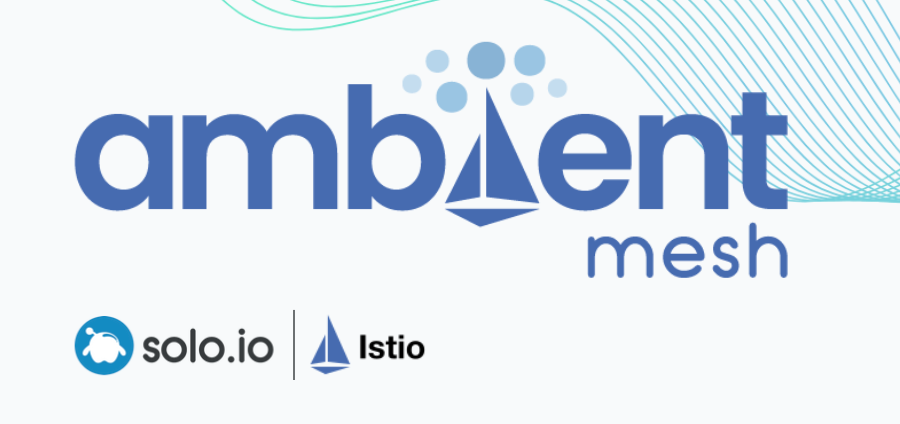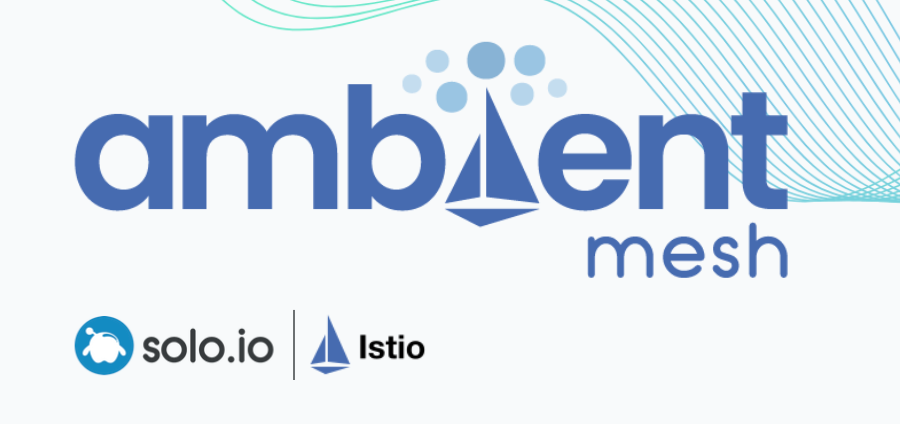You've successfully subscribed to The DevOps Bootcamp 🚀
Great! Next, complete checkout for full access to The DevOps Bootcamp 🚀
Welcome back! You've successfully signed in.
Success! Your account is fully activated, you now have access to all content.
Success! Your billing info is updated.
Billing info update failed.

Lab 4/4 🔬Istio Ambiant Mesh
Ambient interoperability with sidecars
All the Pods don't need to use the new Ambient mode.
You can have some Pods using sidecars while others are using Ambient.
Let's create a new namespace called httpbin:
kubectl create namespace httpbinTo use sidecars in this namespace, you need to label it accordingly:
kubectl label namespace httpbin istio-injection=enabledThen, you can deploy the httpbin application:
kubectl apply -n httpbin -f - <<EOF
apiVersion: v1
kind: ServiceAccount
metadata:
name: httpbin
---
apiVersion: v1
kind: Service
metadata:
name: httpbin
labels:
app: httpbin
service: httpbin
spec:
ports:
- name: http
port: 8000
targetPort: 80
selector:
app: httpbin
---
apiVersion: apps/v1
kind: Deployment
metadata:
name: httpbin
spec:
replicas: 1
selector:
matchLabels:
app: httpbin
version: v1
template:
metadata:
labels:
app: httpbin
version: v1
spec:
serviceAccountName: httpbin
containers:
- image: docker.io/kennethreitz/httpbin
imagePullPolicy: IfNotPresent
name: httpbin
ports:
- containerPort: 80
EOFFinally, we can send a request from the sleep Pod (ambient mode) to the httpbin Pod (sidecar):
kubectl exec deploy/sleep -- curl http://httpbin.httpbin.svc.cluster.local:8000/getYou should get something like this:
{
"args": {},
"headers": {
"Accept": "*/*",
"Host": "httpbin.httpbin.svc.cluster.local:8000",
"User-Agent": "curl/7.69.1",
"X-B3-Sampled": "0",
"X-B3-Spanid": "6077510bb5518fe9",
"X-B3-Traceid": "000e61ea1432b6bb6077510bb5518fe9",
"X-Forwarded-Client-Cert": "By=spiffe://cluster.local/ns/httpbin/sa/httpbin;Hash=38cd6dbe6ad7695f7d76ed110e6acdc90e842397b7c968e0ecee3e67f96634e1;Subject=\"\";URI=spiffe://cluster.local/ns/default/sa/sleep"
},
"origin": "127.0.0.1",
"url": "https://httpbin.httpbin.svc.cluster.local:8000/get"
}You can see that the httpbin application has received the request with the X-Forwarded-Client-Cert indicating that the request was sent by a Pod with the identity corresponding to the sleep service account.
The DevOps Bootcamp 🚀 Newsletter
Join the newsletter to receive the latest updates in your inbox.



